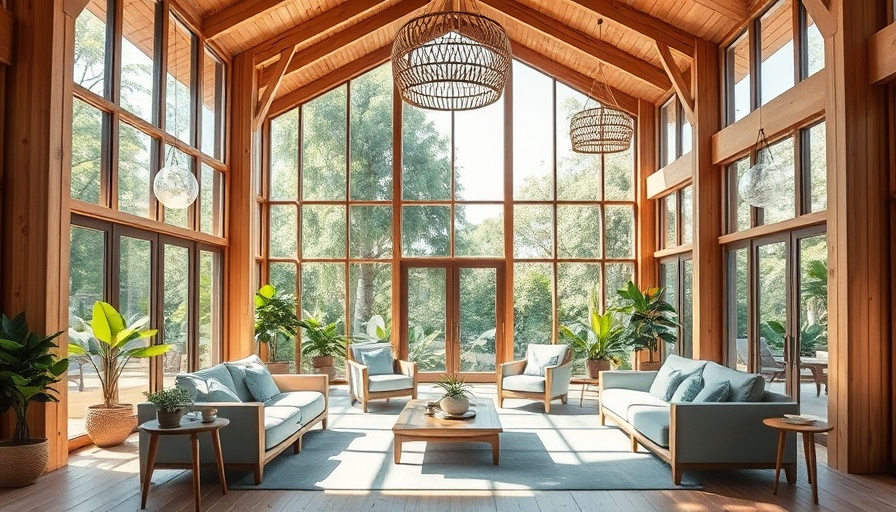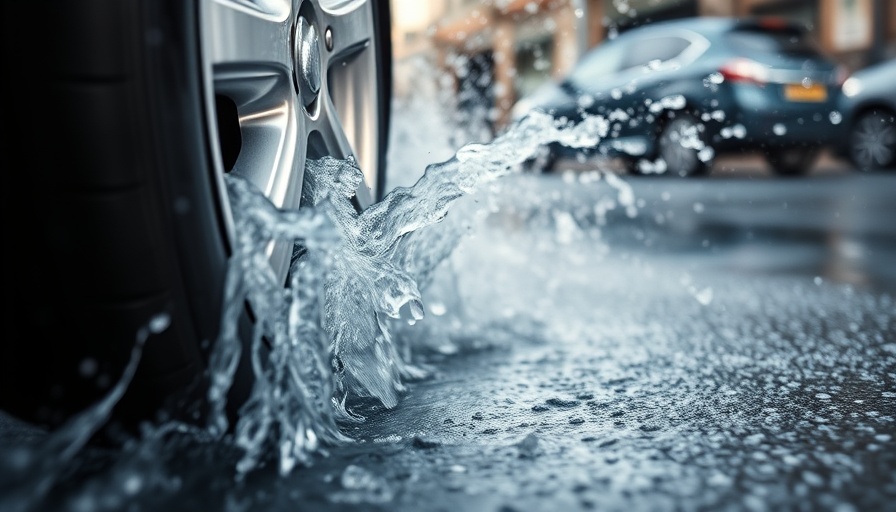
Maximizing Home Insurance Savings Through Simple Upgrades
As a homeowner, you may have noticed that home insurance rates are on the rise. The reason behind this trend includes increasing natural disasters, extreme weather, and soaring home values. However, there are proactive steps you can take to keep those rates manageable. By maintaining your home and investing in certain upgrades, you can potentially lower your insurance premiums. Let’s explore how simple improvements can lead to big savings based on advice from industry experts.
Why Maintenance Can Save You Money
Regular maintenance is a cornerstone of managing your home, not just for safety and comfort, but also for financial wisdom. Neglecting repairs or maintenance not only increases the risk of damage but may also prompt insurers to raise your rates or deny coverage outright. This could mean that any claim you file related to wear and tear could result in denial—now that’s an unexpected expense! Keeping your property well-maintained sends a reassuring message to insurance companies, potentially leading to lower premiums.
Home Projects to Lower Insurance Rates
To keep costs down, consider these ten home projects that can lead to potential insurance savings:
- Add a Security System: Many insurance providers offer discounts of up to 20% for homeowners who install advanced security features like burglar alarms and sprinkler systems. Before diving in, inquire about which systems your insurer prefers, and check out the potential savings they might offer.
- Upgrade Electrical Wiring: Outdated electrical systems are fire hazards, leading to higher insurance costs. Investing in modern wiring or an upgraded electrical panel could earn you a discount of 5% or more.
- Upgrade Plumbing Systems: Preventing water damage by updating old plumbing can significantly reduce claims, leading to lower premiums over time. Replace old plumbing fixtures and consider upgrading water supply lines with modern materials.
- Update HVAC Systems: Systems older than 10 years are more likely to fail and cause complications like frozen pipes and fires. By upgrading your HVAC, you not only make your home more efficient but also reduce potential insurance claims.
- Roof Maintenance: A well-maintained roof is crucial. Companies scrutinize structural integrity when determining insurance rates, so ensuring your roof is in good shape can save you from high premiums or cancellations altogether.
By choosing to upgrade these key areas of your home, you not only enhance your living space but also work towards potential reductions in your insurance costs.
Understanding the Bigger Picture
It's not just about saving money; it's about making your home a sanctuary. A well-maintained home is safer for your family and increases your property value. Whether it’s adding features that deter crime or reducing risks associated with outdated systems, your house becomes a better place to live, and it can reflect positively on your insurance costs as well. Think of these upgrades as investments—both in your home and your peace of mind.
Practical Tips for Homeowners
If you’re considering these upgrades, it’s wise to consult with professionals who can provide guidance tailored to your home’s specific needs. Prioritize projects based on your budget and immediate risks—if older wiring is a concern, act on that first. Sometimes, simple DIY projects can also boost your insurance profile if handled correctly.
Concluding Thoughts
Maintaining and upgrading your home isn't just a method to save on insurance—it's a way to secure your largest investment. A well-cared-for home leads to fewer claims and, from an insurance perspective, less risk. This not only protects your investment but improves your quality of life. As housing markets continue to fluctuate, every little upgrade can set you on a path to reduced costs and greater peace of mind. So don’t wait; start planning those home projects today!
 Add Row
Add Row  Add
Add 




 Add Row
Add Row  Add
Add 

Write A Comment